Milan Design Week: Dropcity challenges detention space design with 'Prison Times'
Dropcity's inaugural exhibition 'Prison Times – Spatial Dynamics of Penal Environments', opens a few days before the launch of Milan Design Week and discusses penal environments and their spatial design
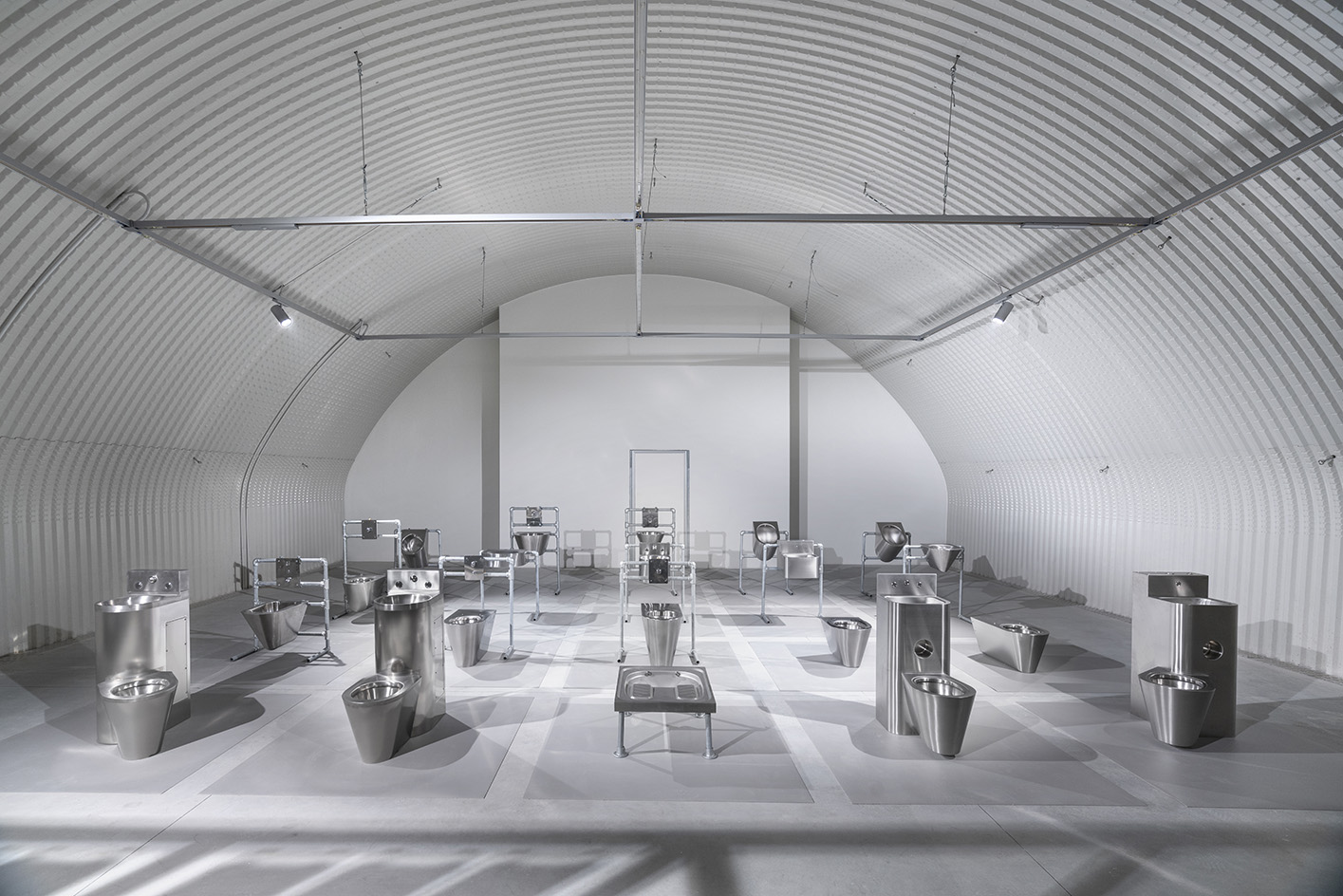
Dropcity's inaugural exhibition, 'Prison Times – Spatial Dynamics of Penal Environments', offers an unprecedented take on interiors; the show zooms in on detention environments through the lens of design and architecture. The exhibit, on display in the architecture centre's dramatic space within the tunnels behind Milan Central Station, promises to prompt discussions around space and the penal system, offering glimpses of objects and spaces associated with it.
In the following week, a public programme of talks, including global and local architects and designers, radio transmissions, as well as a collaboration with Central St Martins students in Dropcity’s Material Library, aims to enrich the exhibition's offering and food for thought. We caught up with Dropcity founder, and architect Andrea Caputo, to find out more.
Explore Dropcity's 'Prison Times': we interviewed founder Andrea Caputo
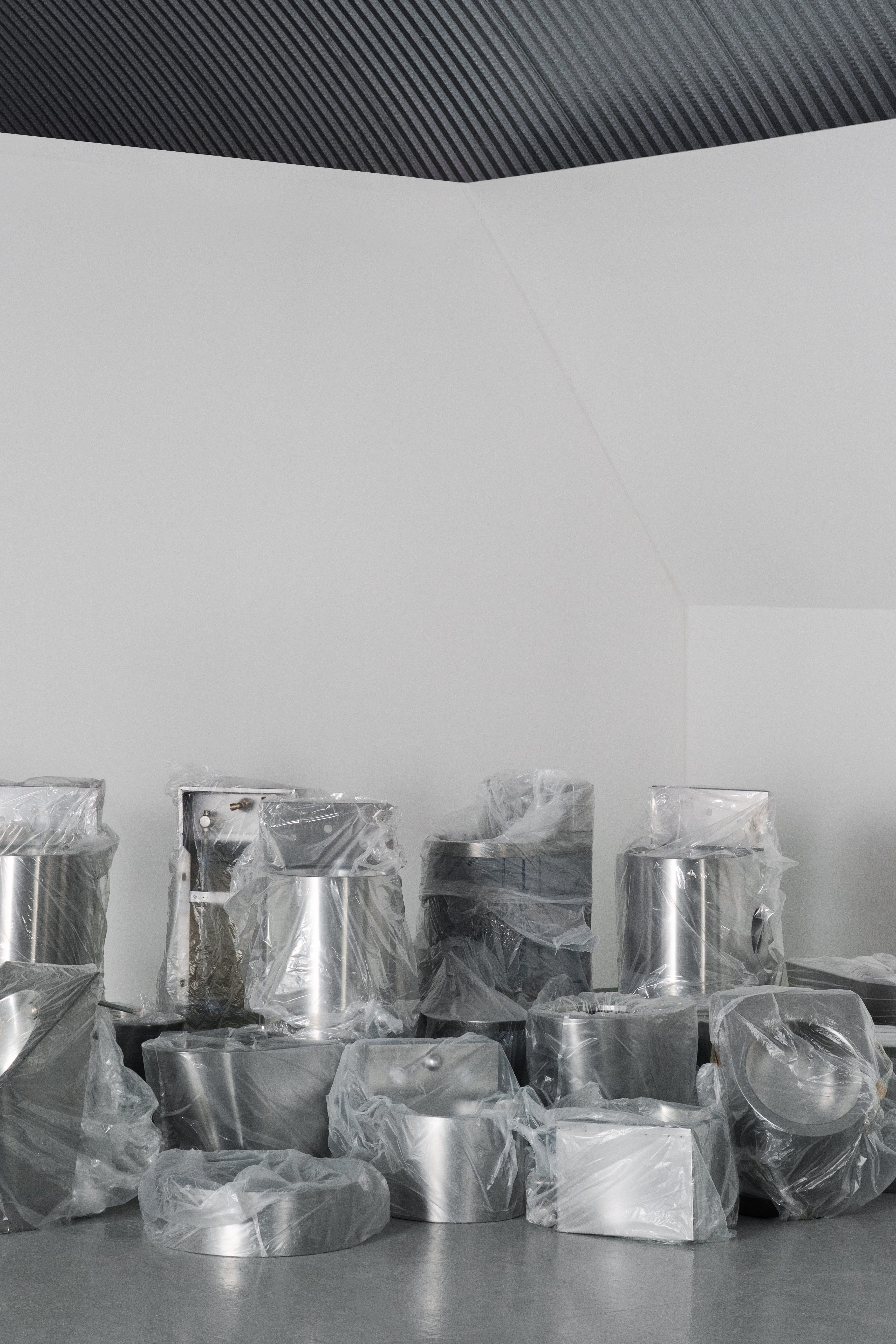
'Prison time' displays
Wallpaper*: Why did you focus on prison architecture and interiors?
Andrea Caputo: The project stems from the need to investigate the spaces, methods, and conditions of the contemporary prison environment. This is done through an introspection of the time associated with prison routines, that is, the moments that mark fragments of predetermined life. It is not an initiative aimed at the aesthetics of detention facilities. The design of prison elements, from sanitaryware to any piece of furniture, is subject to strict safety requirements. In no case is the approach to design influenced by aesthetic factors, but rather by reflections that lead to the evolution of the typological language towards objects that are less and less confined to the prison imagination and progressively more related to a domestic, everyday life context.
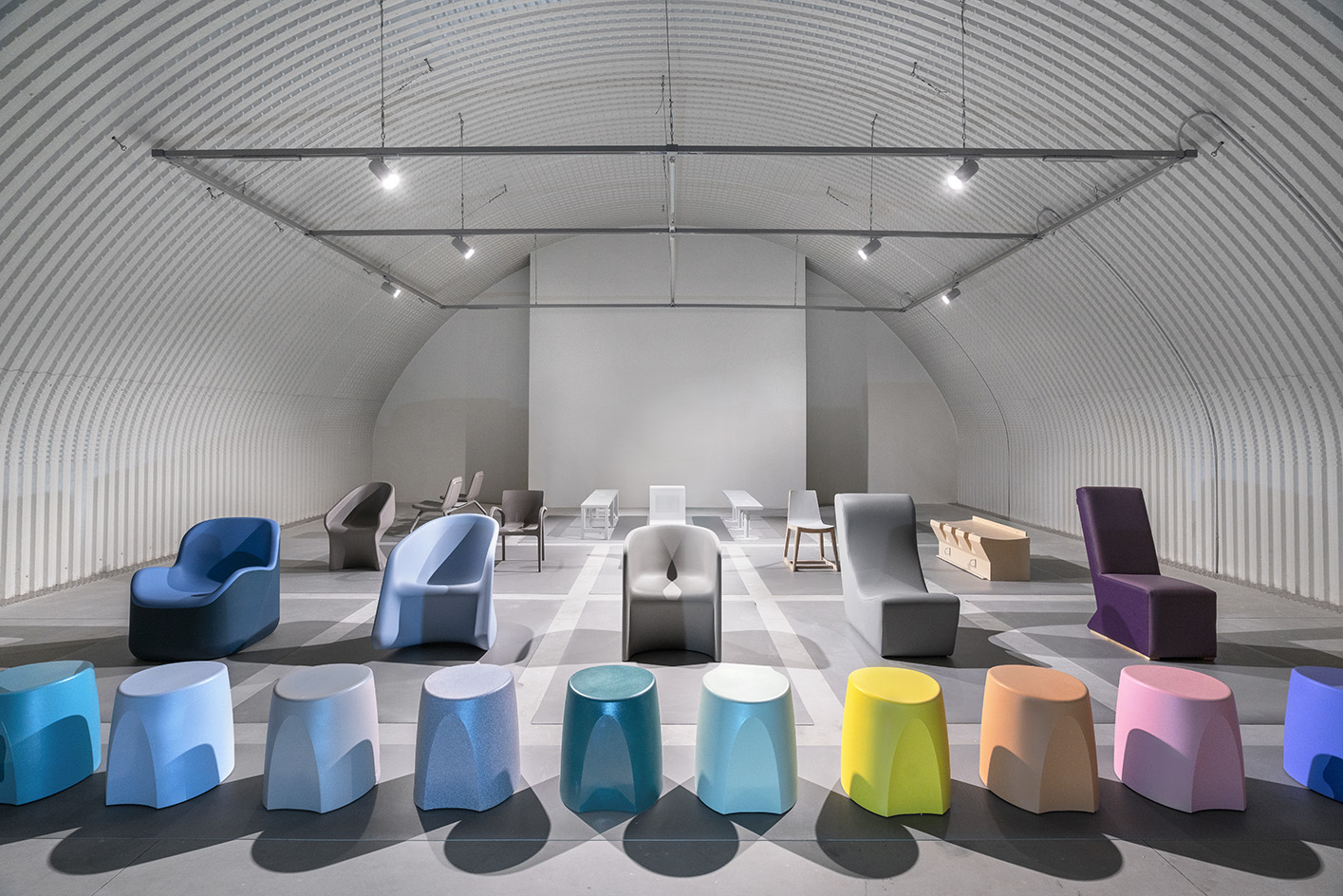
W*: What surprised you during your research?
AC: The research has yielded an extraordinary collective outcome: from the United States to China, passing through European countries, a common thread of anonymous designers establishes strict, non-negotiable rules of action. This set of constraints gives rise to a morphology of subtle yet surprising solutions to address even the smallest issue: the need to prevent impulses or the creation of potential blunt objects. In parallel – though not emphasised in our initiative – it was striking to observe the persistent need among incarcerated individuals to modify these objects in response to other necessities, sometimes driven by self-defence and survival needs.
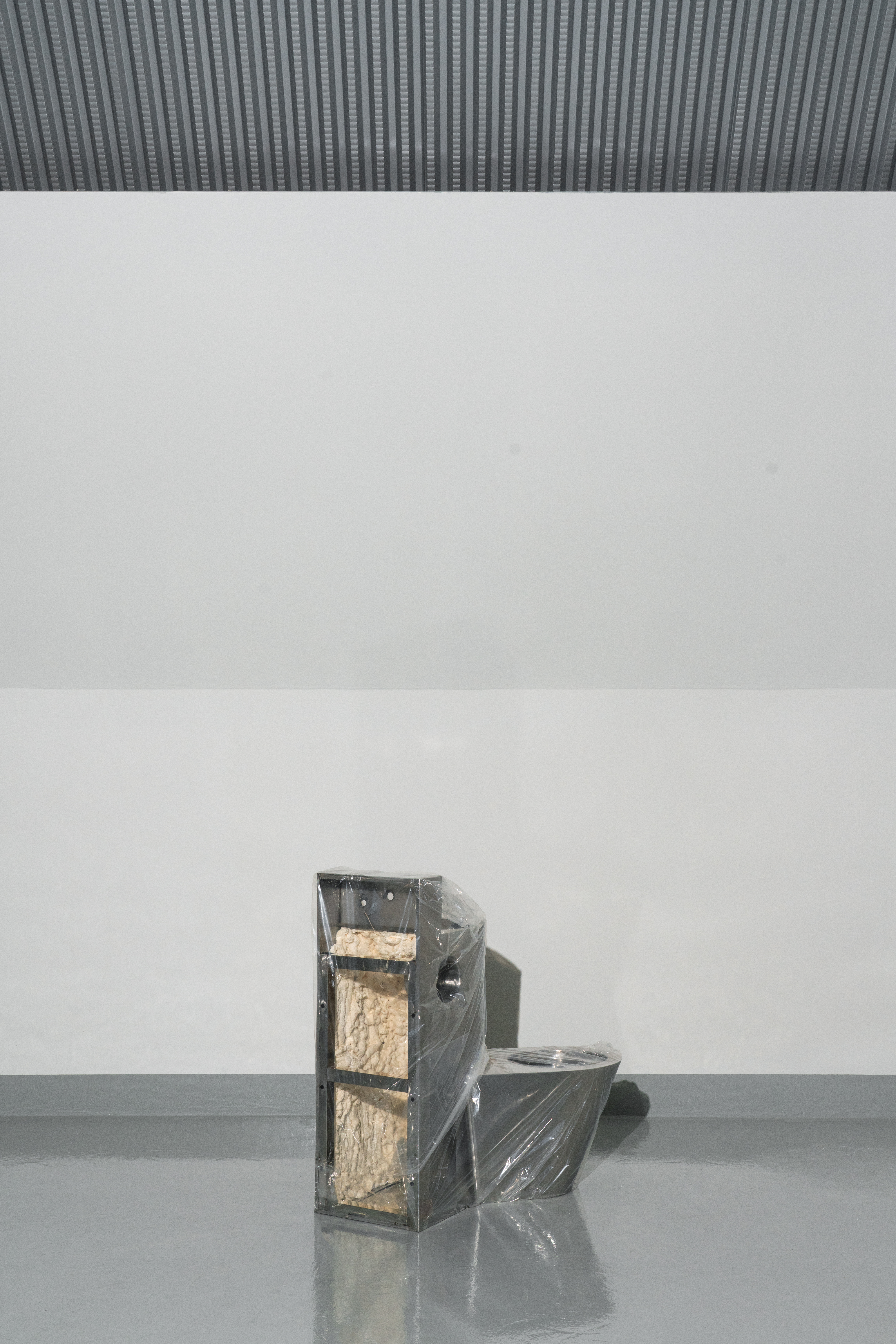
Items exhibited at 'Prison Times'
W*: How did you go about choosing what goes in the show?
Wallpaper* Newsletter
Receive our daily digest of inspiration, escapism and design stories from around the world direct to your inbox.
AC: The exhibition is a typological catalogue structured around a typical day in the life of incarcerated individuals. Each space is clearly defined and recognisable in relation to its specific moment in time. It was therefore almost natural and instinctive to organise the various families of components accordingly. In each installation, we aimed to avoid tiresome reenactments of prison environments or imitations of harsh daily life. The simplicity of the installation is meant to neutralise any media manipulation or ambiguous interpretation.
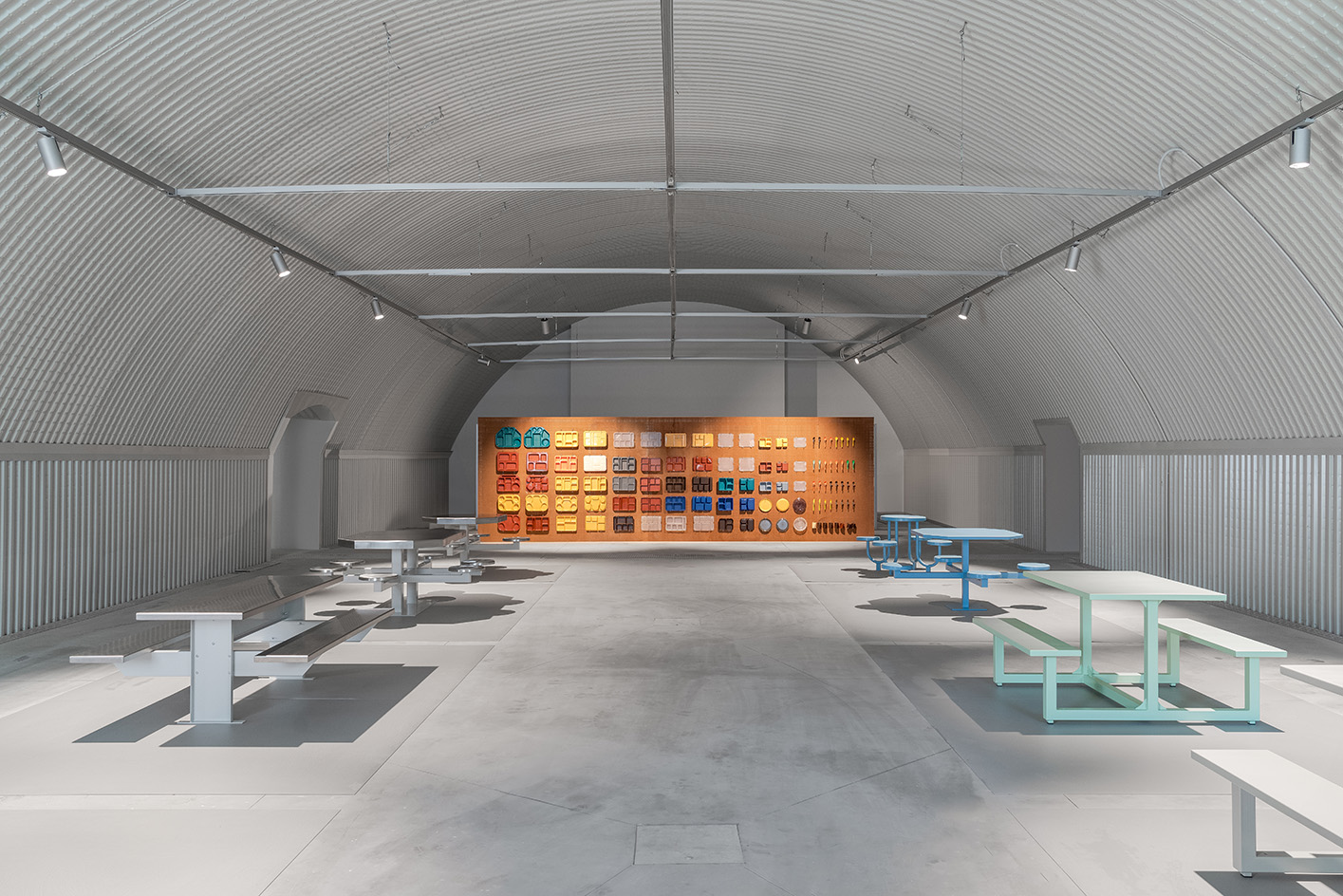
W*: What is a highlight of the displays for you?
AC: We have consistently sought not to highlight or favour any particular interpretation or element over others. The exhibition and the book are, rather, significant curatorial efforts to abstract the dozens of products and typological families. There are undoubtedly striking objects – the latest research in colour has led to remarkable surprises in terms of choices – but the only prevailing hierarchy in the exhibition lies in the duality between the furniture families and the units hosting the works of the various artists selected for the show.
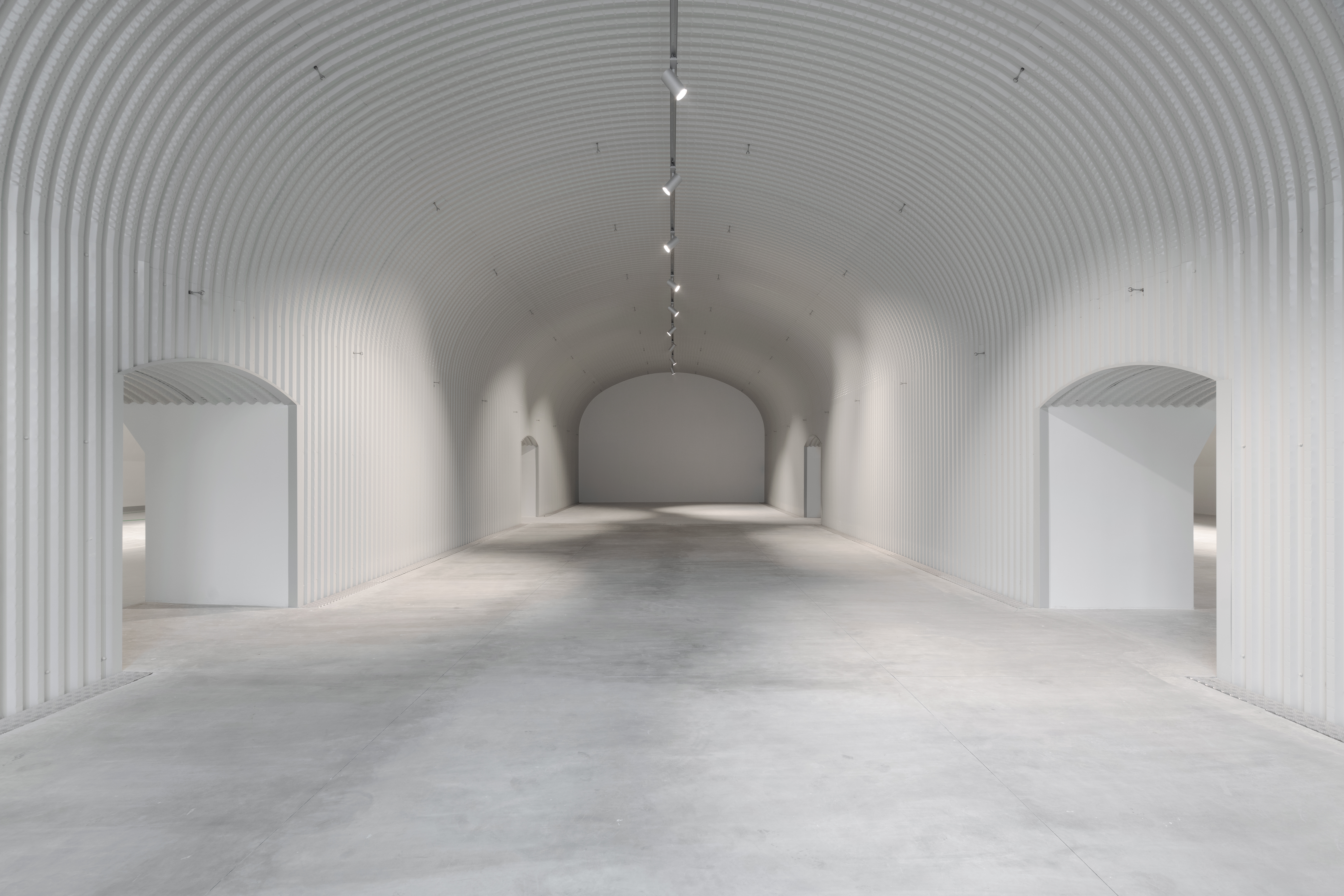
The Dropcity space arches
W*: What do you hope visitors might take away from the exhibition?
AC: We hope that the exhibition and the accompanying publication will serve as tools for reflection on one of the most crucial and critical issues of our time. The conditions of prison environments are a global concern today. In a phase of deep uncertainty regarding the most effective approaches, we believe it is essential to foster debate and to highlight – also through thematic lenses such as design – the configuration of a daily reality that is difficult to imagine from within our society.
'Prison Times – Spatial Dynamics of Penal Environments' runs 3 April - 31 May at Dropcity, via Giovanni Battista Sammartini, 60, 20125 Milan, Italy
Ellie Stathaki is the Architecture & Environment Director at Wallpaper*. She trained as an architect at the Aristotle University of Thessaloniki in Greece and studied architectural history at the Bartlett in London. Now an established journalist, she has been a member of the Wallpaper* team since 2006, visiting buildings across the globe and interviewing leading architects such as Tadao Ando and Rem Koolhaas. Ellie has also taken part in judging panels, moderated events, curated shows and contributed in books, such as The Contemporary House (Thames & Hudson, 2018), Glenn Sestig Architecture Diary (2020) and House London (2022).
-
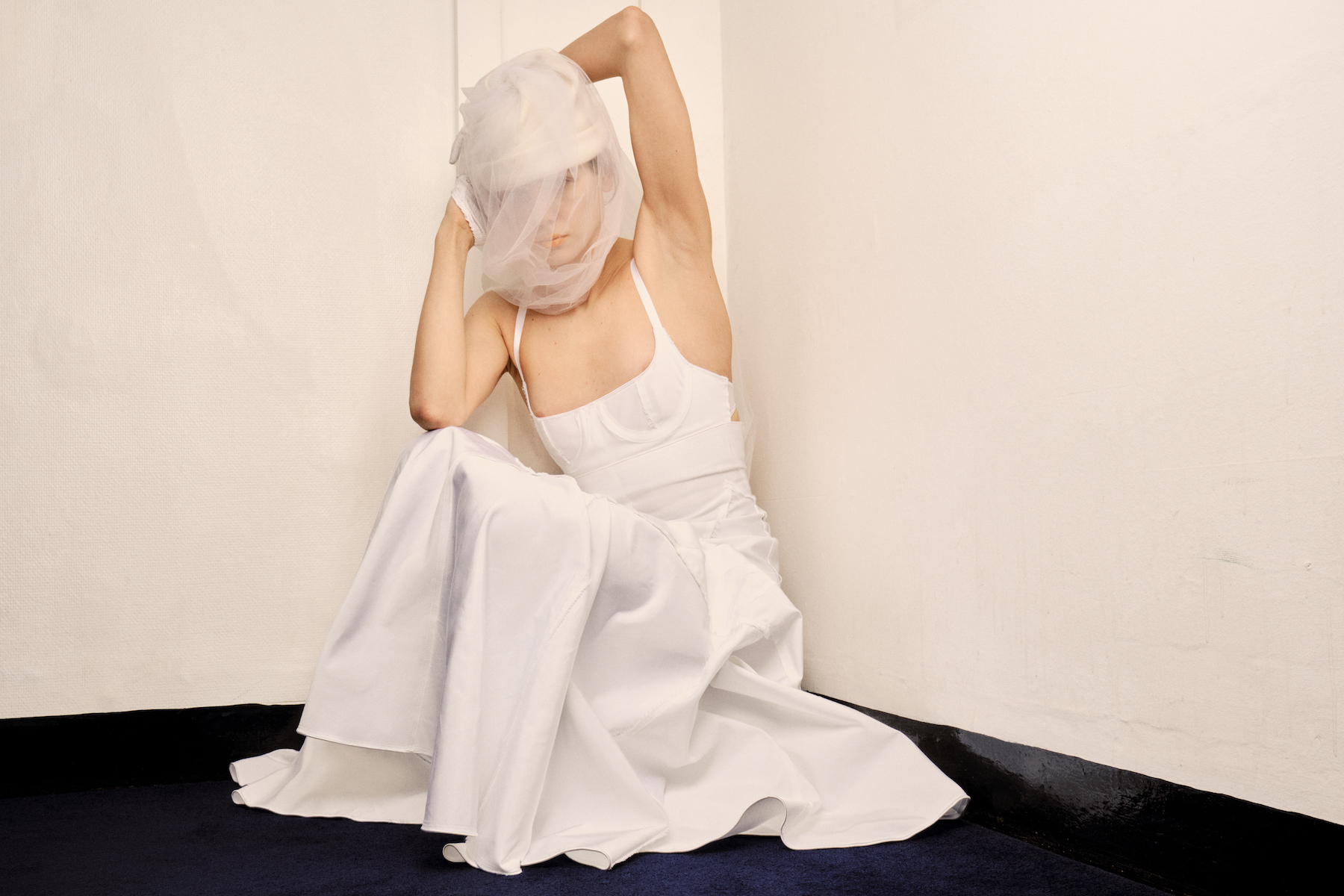 London label Talia Byre’s alternative bridalwear: ‘Have a white moment, but turn it on its head’
London label Talia Byre’s alternative bridalwear: ‘Have a white moment, but turn it on its head’Talia Lipkin-Connor of London-based label Talia Byre eschews tradition with her first bridal collection, which sees archival designs reimagined in ‘lived-in’ shades of white
-
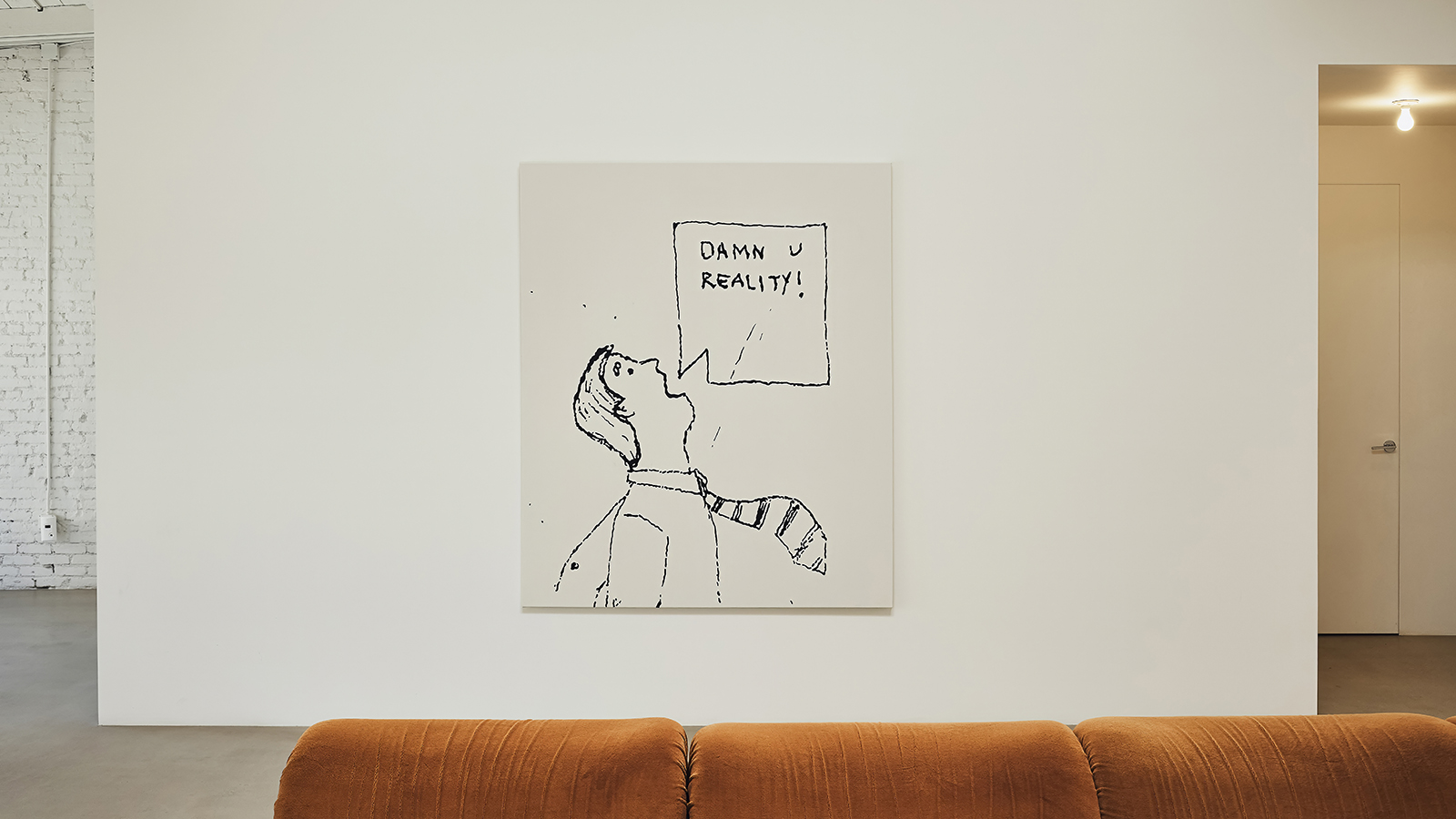 PlayLab opens its archive, blending workspace, library and shop in a new LA interior
PlayLab opens its archive, blending workspace, library and shop in a new LA interiorCreative studio PlayLab opens its Los Angeles workspace and archive to the public for the first time, revealing a dedicated space full of pop treasures
-
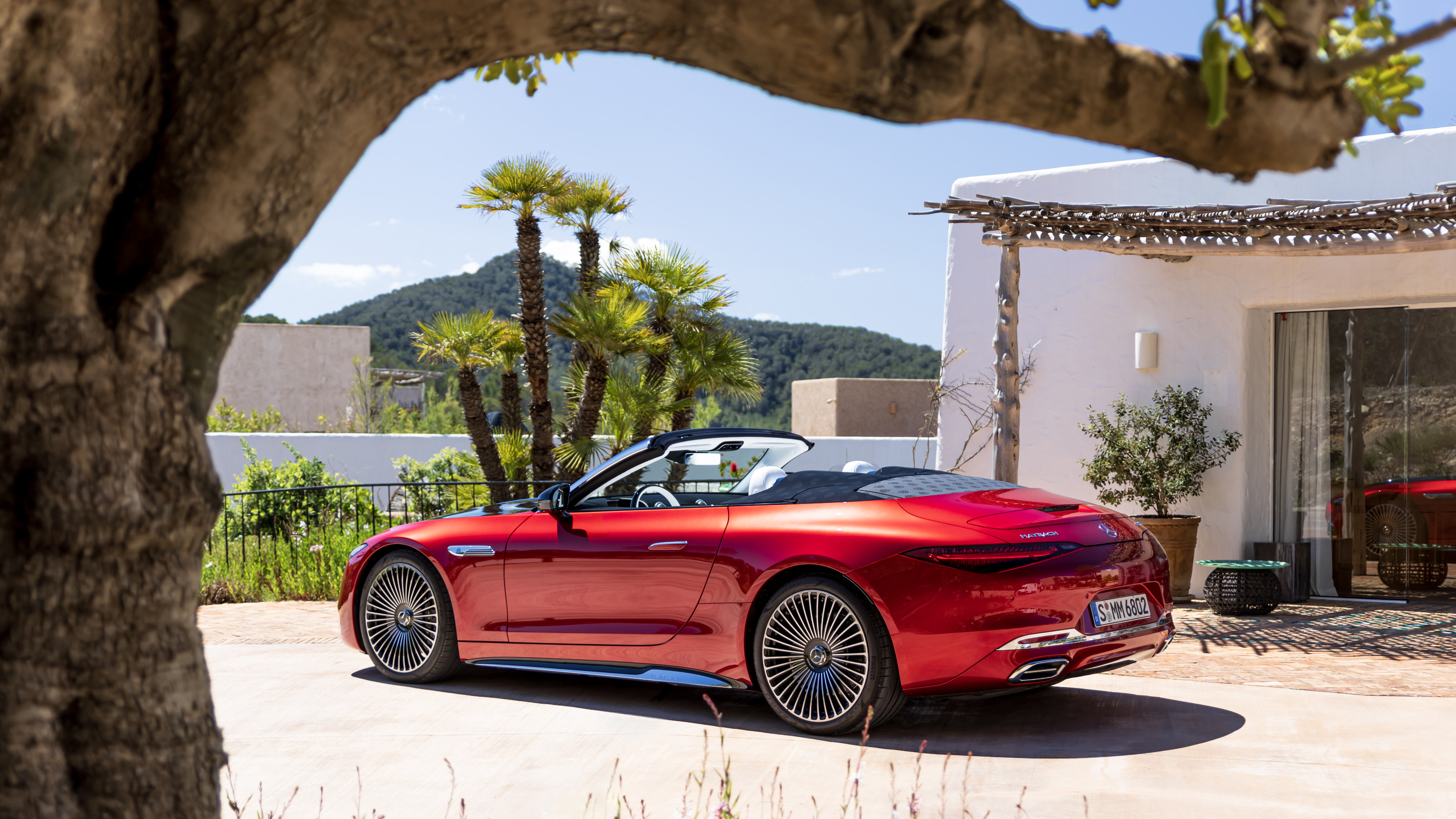 The Mercedes-Maybach SL 680 Monogram Series is an eyeful as well as a mouthful
The Mercedes-Maybach SL 680 Monogram Series is an eyeful as well as a mouthfulMercedes-Maybach’s first-ever sports car is comprehensively ‘wallpapered’ in the brand’s double-M design. We sampled this monogrammed machine on the coast of Ibiza
-
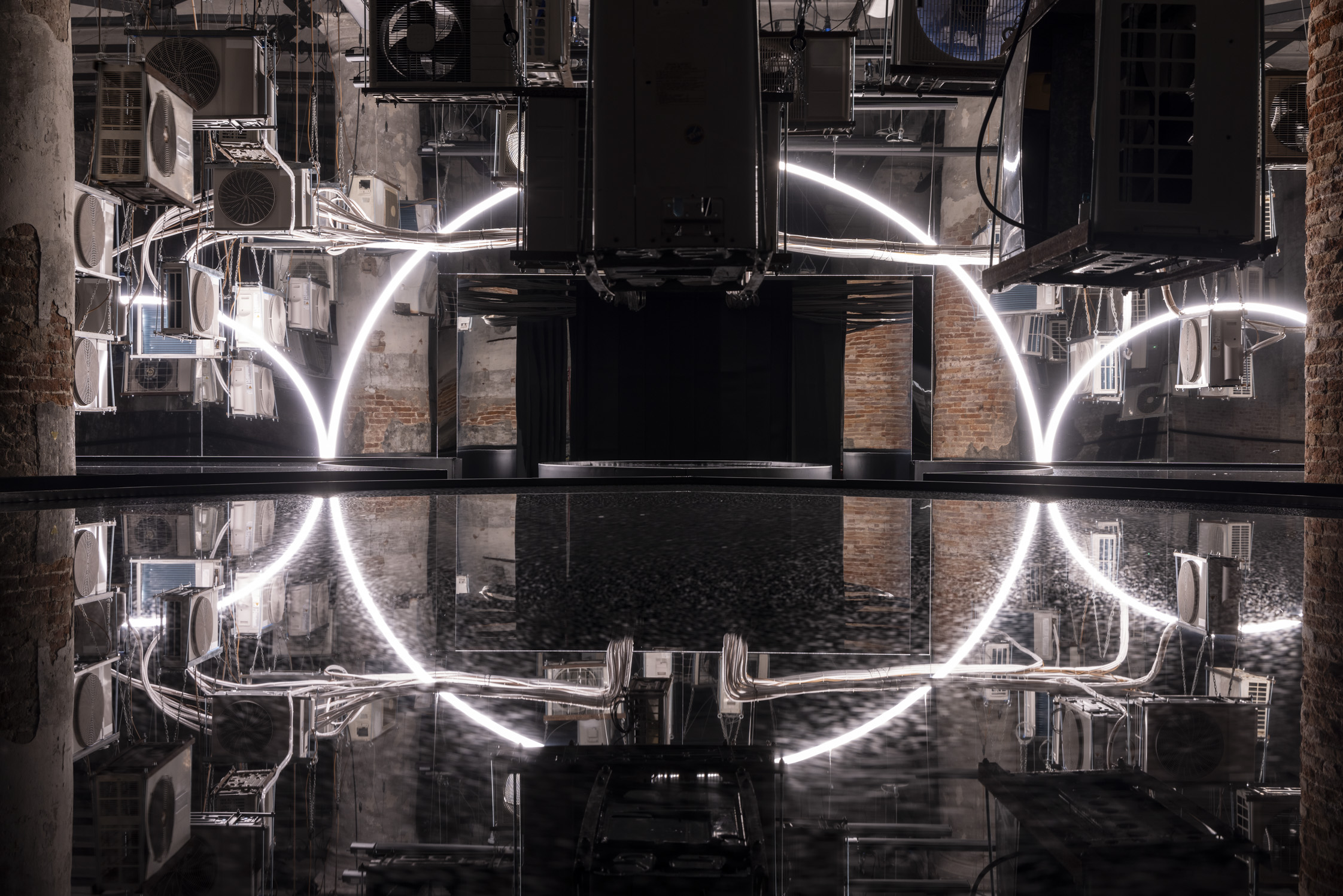 How was Carlo Ratti’s ‘Intelligens’? Wallpaper* editors discuss the 19th Venice Biennale
How was Carlo Ratti’s ‘Intelligens’? Wallpaper* editors discuss the 19th Venice BiennaleHaving visited ‘Intelligens’, the 19th Venice Biennale's main show by curator Carlo Ratti, the Wallpaper* editors discuss what they saw at the world's biggest global architecture festival
-
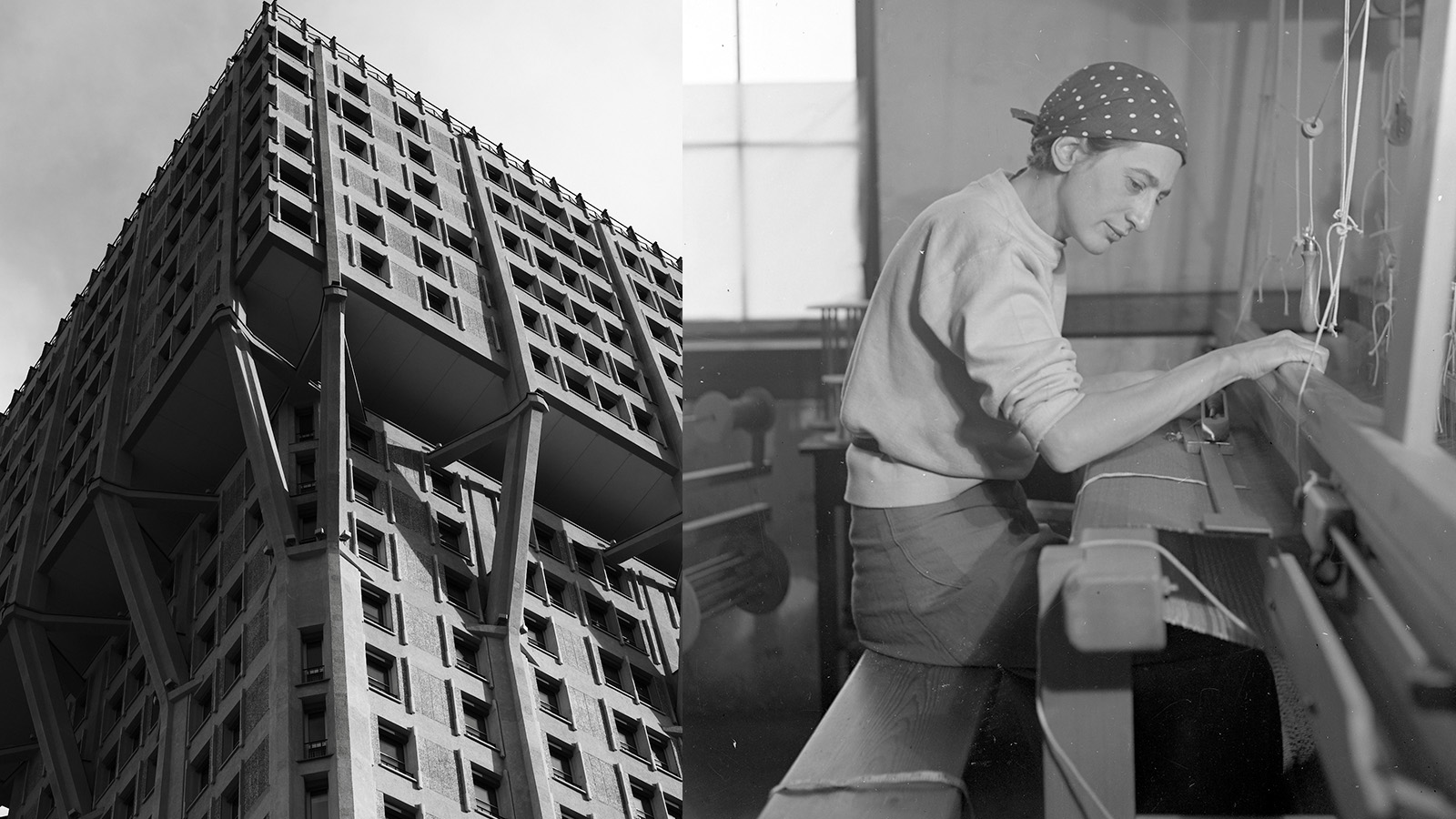 Anni Albers' weaving magic offers a delightful 2-in-1 modernist showcase in Milan
Anni Albers' weaving magic offers a delightful 2-in-1 modernist showcase in MilanA Milan Design Week showcase of Anni Albers’ weaving work, brought to life by Dedar with the Josef & Anni Albers Foundation, brings visitors to modernist icon, the BBPR-designed Torre Velasca
-
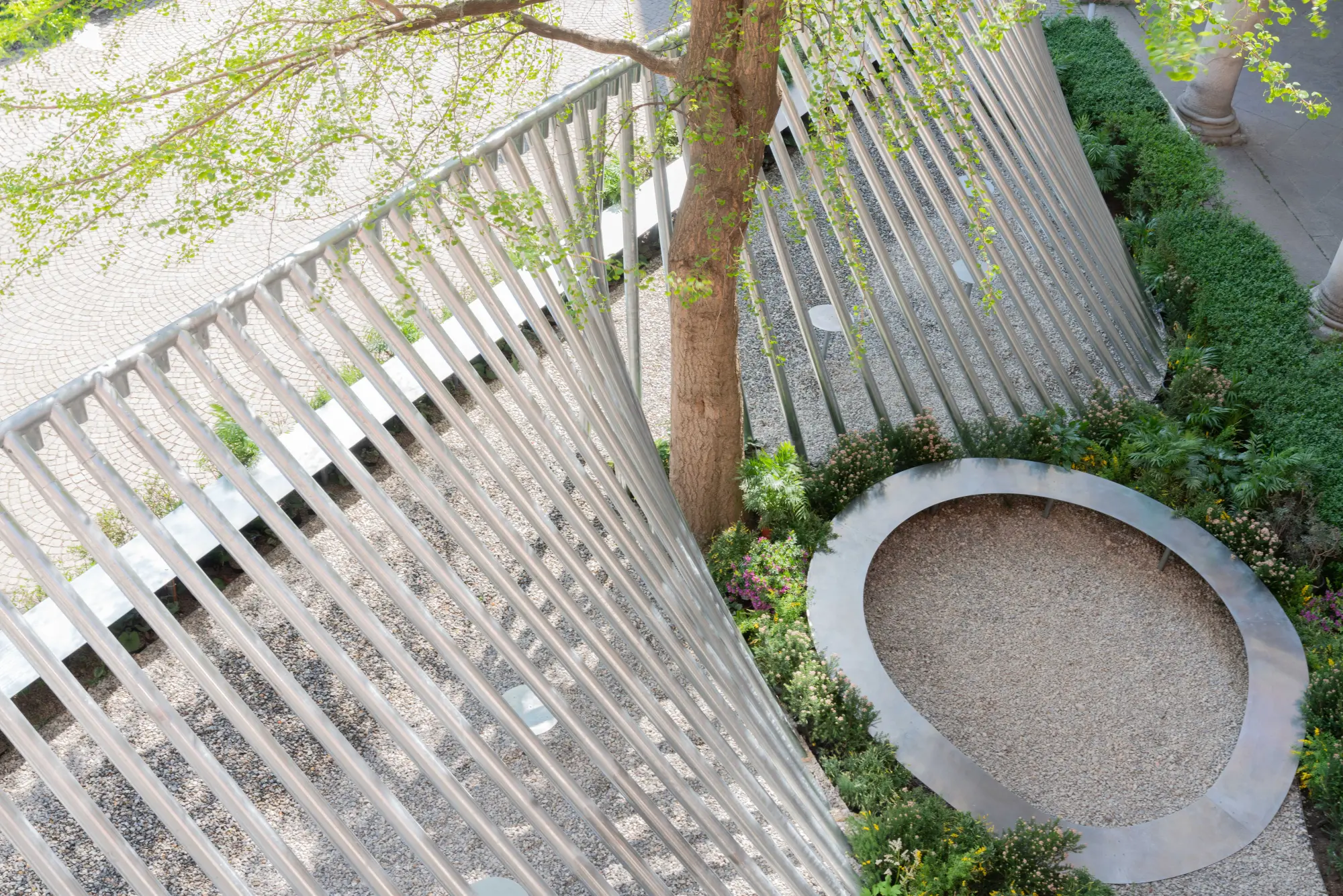 Milan Design Week: ‘A Beat of Water’ highlights the power of the precious natural resource
Milan Design Week: ‘A Beat of Water’ highlights the power of the precious natural resource‘A Beat of Water’ by BIG - Bjarke Ingels Group and Roca zooms in on water and its power – from natural element to valuable resource, touching on sustainability and consumption
-
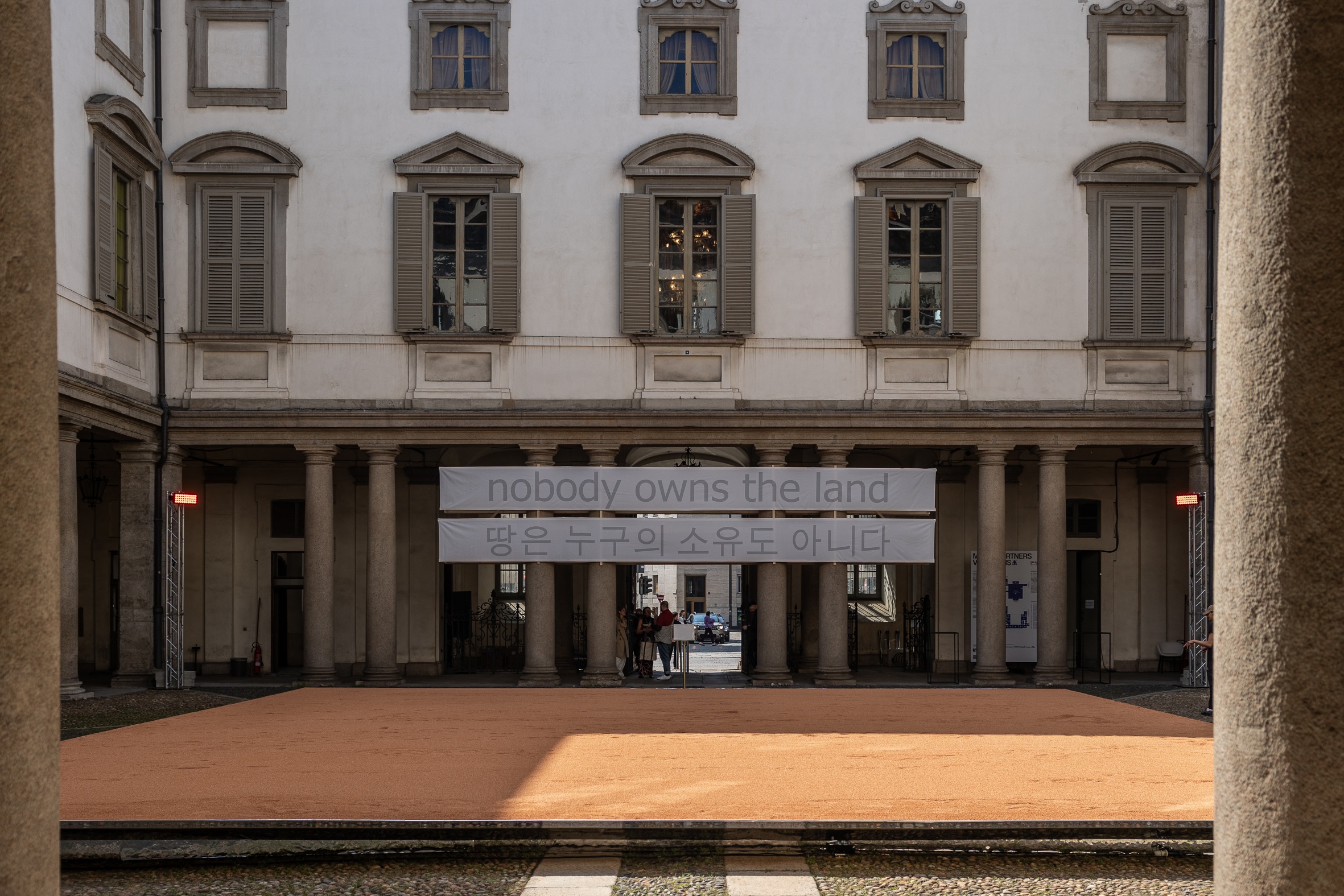 This Milan Design Week installation invites you to tread barefoot inside a palazzo
This Milan Design Week installation invites you to tread barefoot inside a palazzoAt Palazzo Litta, Moscapartners and Byoung Cho launch a contemplative installation on the theme of migration
-
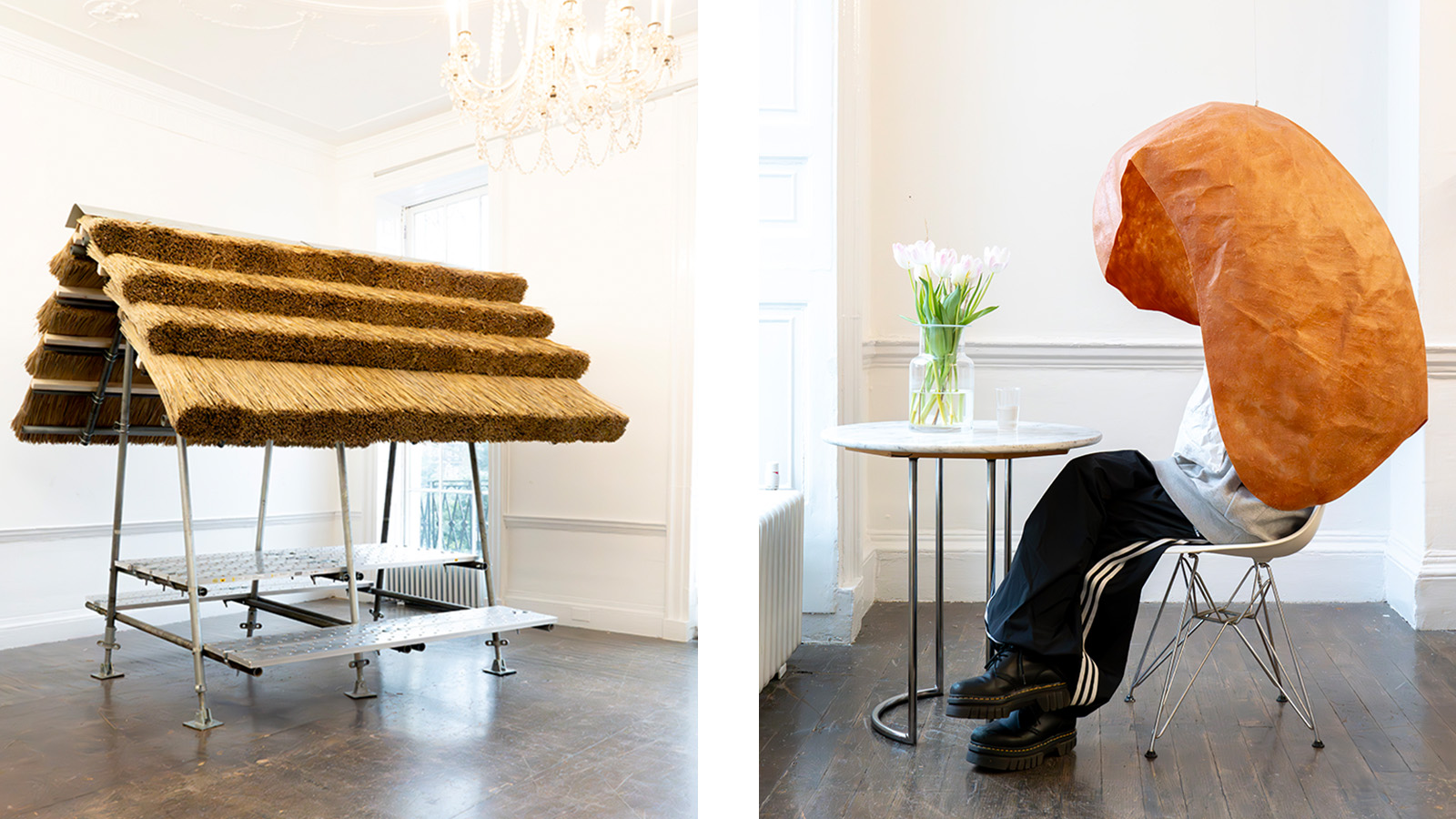 From a mobile pub to a thatched canopy: Japanese architecture and craft explored at AA show in London
From a mobile pub to a thatched canopy: Japanese architecture and craft explored at AA show in London'Distillation of Architecture', a new AA show in London, pairs architects with materials and makers in an exploration of craft through the Japanese lens
-
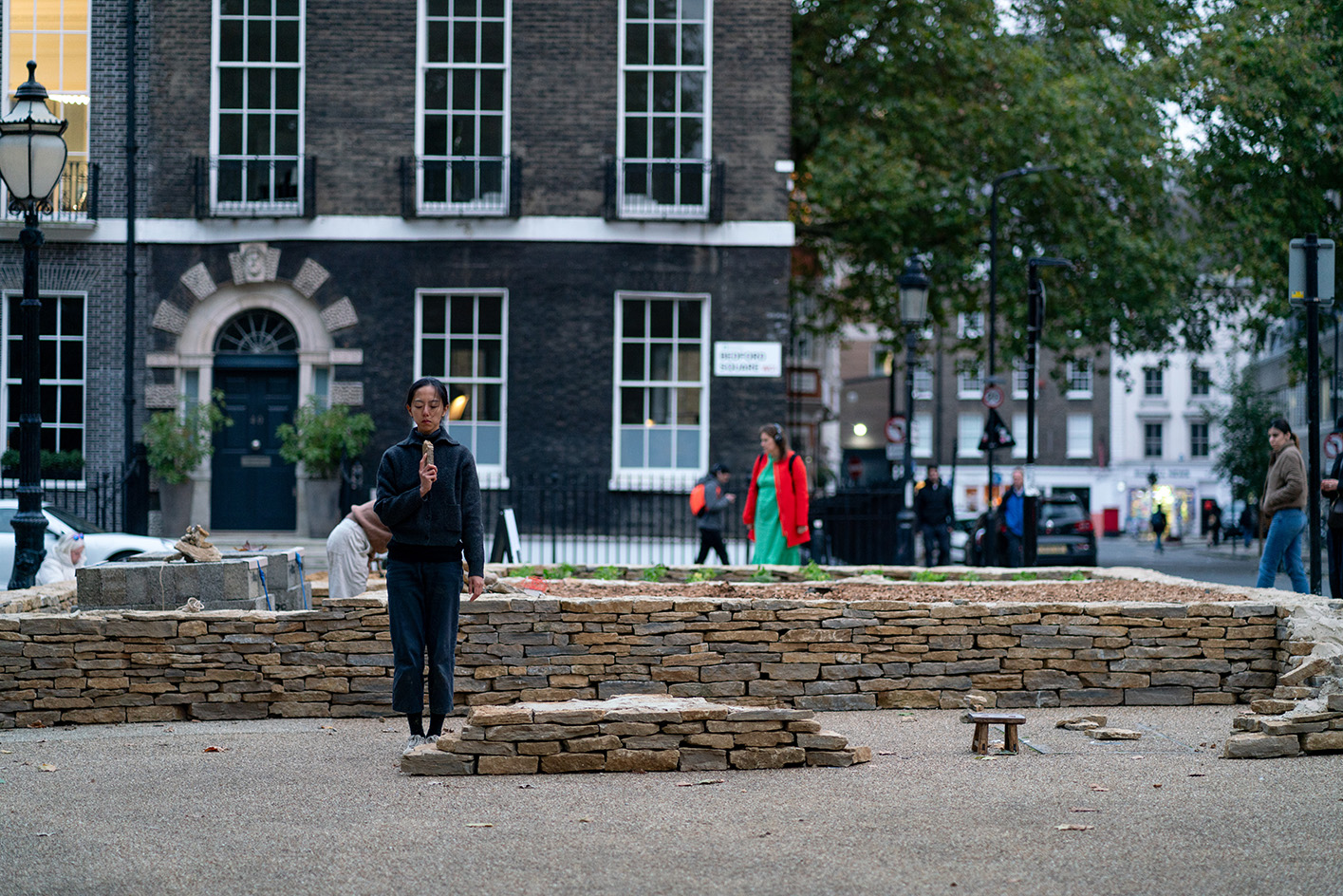 Architectural Association's newest show uncovers the architectural legacies of rural China's lost generation
Architectural Association's newest show uncovers the architectural legacies of rural China's lost generationThe Architectural Association’s ‘Ripple Ripple Rippling’ is not your typical architecture show, taking an anthropological look at the flux between rural and urban, and bringing a part of China to Bedford Square in London
-
 Paul Rudolph at The Met: ‘from Christmas lights to megastructures’
Paul Rudolph at The Met: ‘from Christmas lights to megastructures’‘Materialized Space: The Architecture of Paul Rudolph’ opens at the Met in New York, exploring the modernist master's work through a feast of an exhibition
-
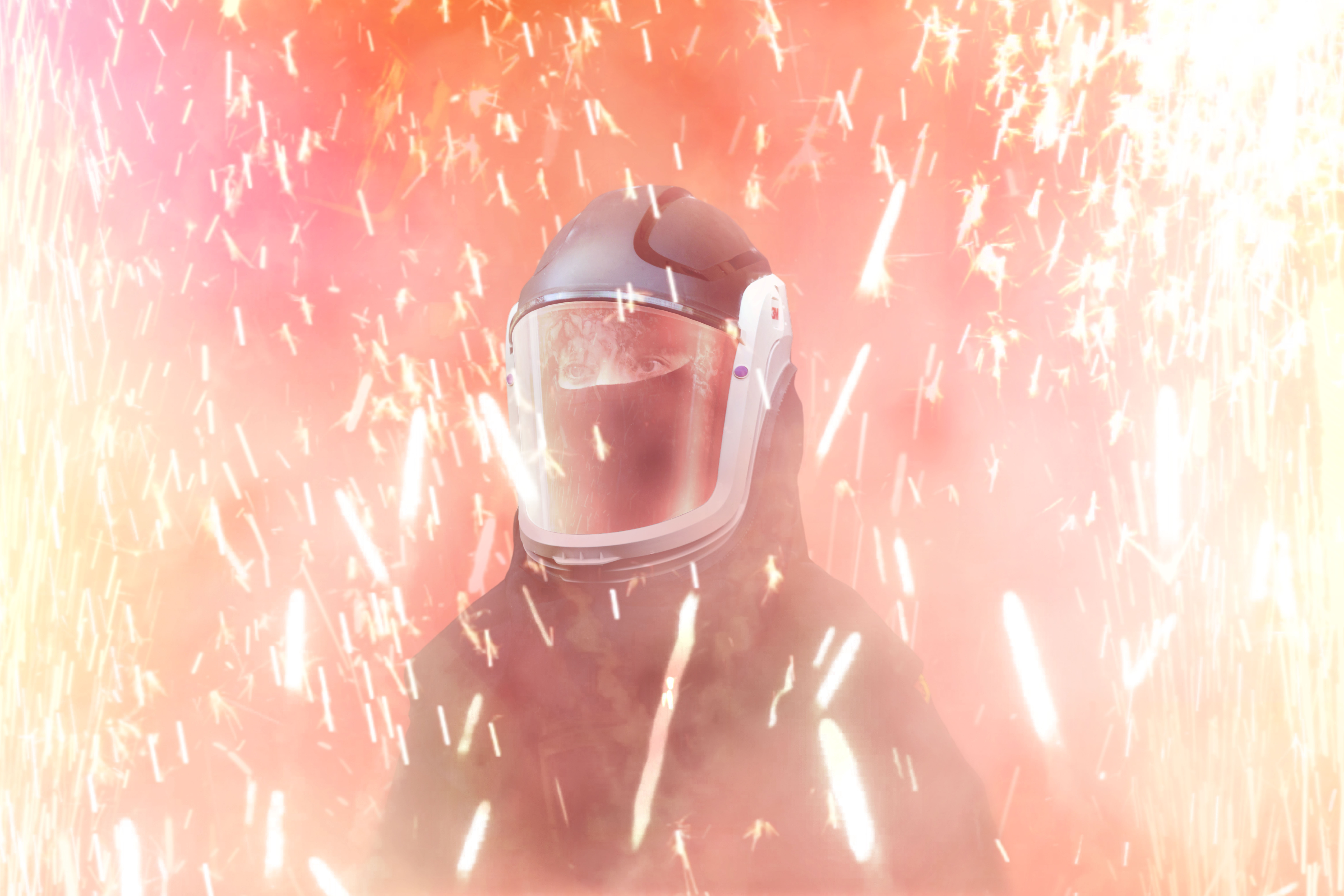 Fireworks! Colour! Brutalism! The 2024 London Festival of Architecture is here
Fireworks! Colour! Brutalism! The 2024 London Festival of Architecture is hereThe 2024 London Festival of Architecture unfolds, the 20th-anniversary edition signalling a month-long celebration of the capital’s built environment and beyond